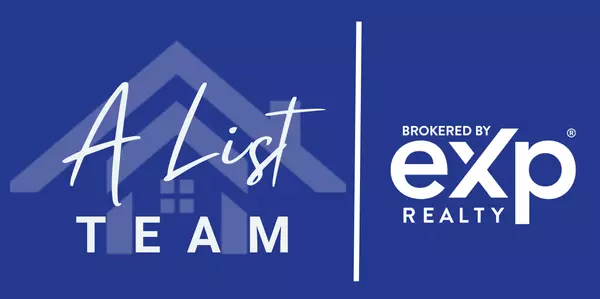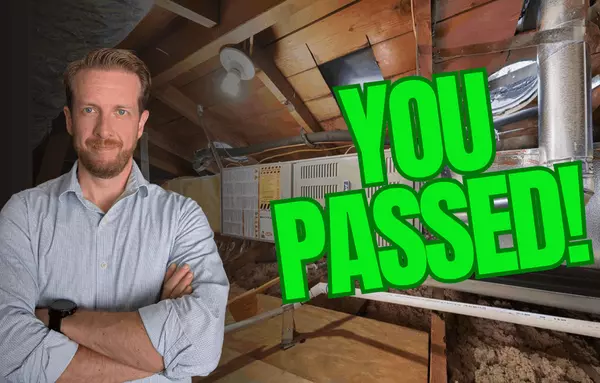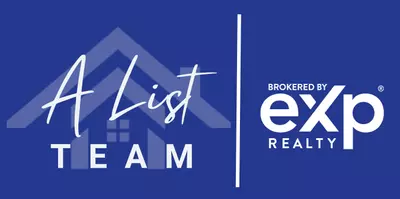Understanding Property Surveys: Easements, Encroachments & More

Understanding Property Surveys: Easements, Encroachments & More
When you're buying a residential home, you should request a new survey for the property to acquire accurate information regarding property boundaries and any encroachments or easements. Understanding your property survey is crucial. It’s not just about knowing the boundaries of your new home but also about ensuring that the land fits your intended use and identifying any potential issues. Today, we’ll explore three essential steps every buyer should take when analyzing their property survey.
Key Takeaways
As you wrap up your property survey analysis, here are a few key points to remember:
- Encroachments can complicate your property ownership—always check for them.
- Understanding easements is crucial as they may impact how you use your property.
- Consult with a realtor to ensure you’re making informed decisions.
Step 1: Identifying Encroachments
So, what exactly is an encroachment? Simply put, it’s a structure or piece that crosses a property line. The most common example is a fence that strays over into a neighbor's property. While these situations often occur unintentionally, they can still create complications.
For example, I once purchased a home where a fire pit made of bricks crossed over into the neighbor's yard. While it wasn’t a big deal—just a bit of manual labor to move the bricks—it serves as a reminder that not all encroachments are serious.
However, things can escalate if larger structures, like a shed or even part of a house, cross into a neighbor's property. This is where understanding your risks becomes essential.
Step 2: Understanding Your Risks
If you discover an encroachment, particularly a more significant structure, it's vital to understand the potential risks involved. For example, if a recently built shed crosses into a neighbor's property, you need to consider whether the previous owner and the neighbor are in dispute over it. This could be a red flag as to why the property is on the market.
In Texas, there are laws regarding adverse possession, which allows a property to be used publicly for a certain number of years, granting the user rights to keep it as is. An attorney can offer insight into whether adverse possession might apply in your case. They can help you understand whether the encroachment requires you to make any changes or if you can negotiate an easement with the neighbor.
However, getting an easement can be tricky. You might need the cooperation of both the seller and the neighbor, which can complicate the transaction. Always consult with your lender to ensure they’re comfortable with the situation, as you only have a limited time to decide on how to proceed once you receive the survey and title commitment.
Engaging with your realtor during this step is vital. They can help you determine whether it’s worth pursuing a resolution with the neighbor or if looking for another property is a better option.
Can you get sued by your neighbor for an encroachment?
Yes, if an encroachment is identified, your neighbor could potentially take legal action against you to resolve the dispute.
Does the law of adverse possession apply to boundary disputes?
Yes, adverse possession can play a role in boundary disputes, especially if a structure has been in place for several years without objection from the property owner. You should consult an attorney if this applies to you.
Does title insurance cover boundary disputes?
No, title insurance does not cover boundary disputes or encroachments, so it’s important that you understand your risks and consult an attorney.
Step 3: Easements and Understanding Your Property’s Use
It’s not just about property lines; it’s also about how you can use your land. Different types of easements can impact your plans. For instance, a neighbor might have an easement allowing them to cross your property to access a road, especially if they live in a landlocked area. This means you cannot restrict their access.
Utility easements are also common and often found in residential areas. These easements allow utility companies to access your property for maintenance without needing your permission. If you plan to build over an easement, you may face restrictions.
Consider a real-life example: I once bought a property with a large deck built over a utility easement. If the utility company needed to perform maintenance, I had to be prepared to remove the deck at my own expense if required.
Understanding these easements is vital before moving forward with your purchase. If you need more information about different types of easements, I recommend checking out an article on Rocket Mortgage that dives deeper into this topic.
Final Thoughts
As you navigate these complexities, make sure to communicate openly with your realtor from the A List Team. They can help clarify how these factors align with your future plans and what steps you should take next.
If you have any questions or need further clarification on property surveys, encroachments, or easements, feel free to reach out to us at A List Team. You can call us at 281-786-9899 or visit our website http://www.alisttx.com. We’re here to help you every step of the way!
Categories
Recent Posts










